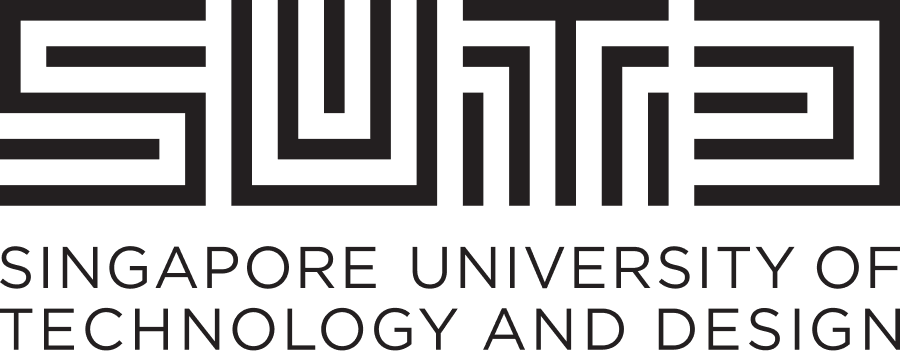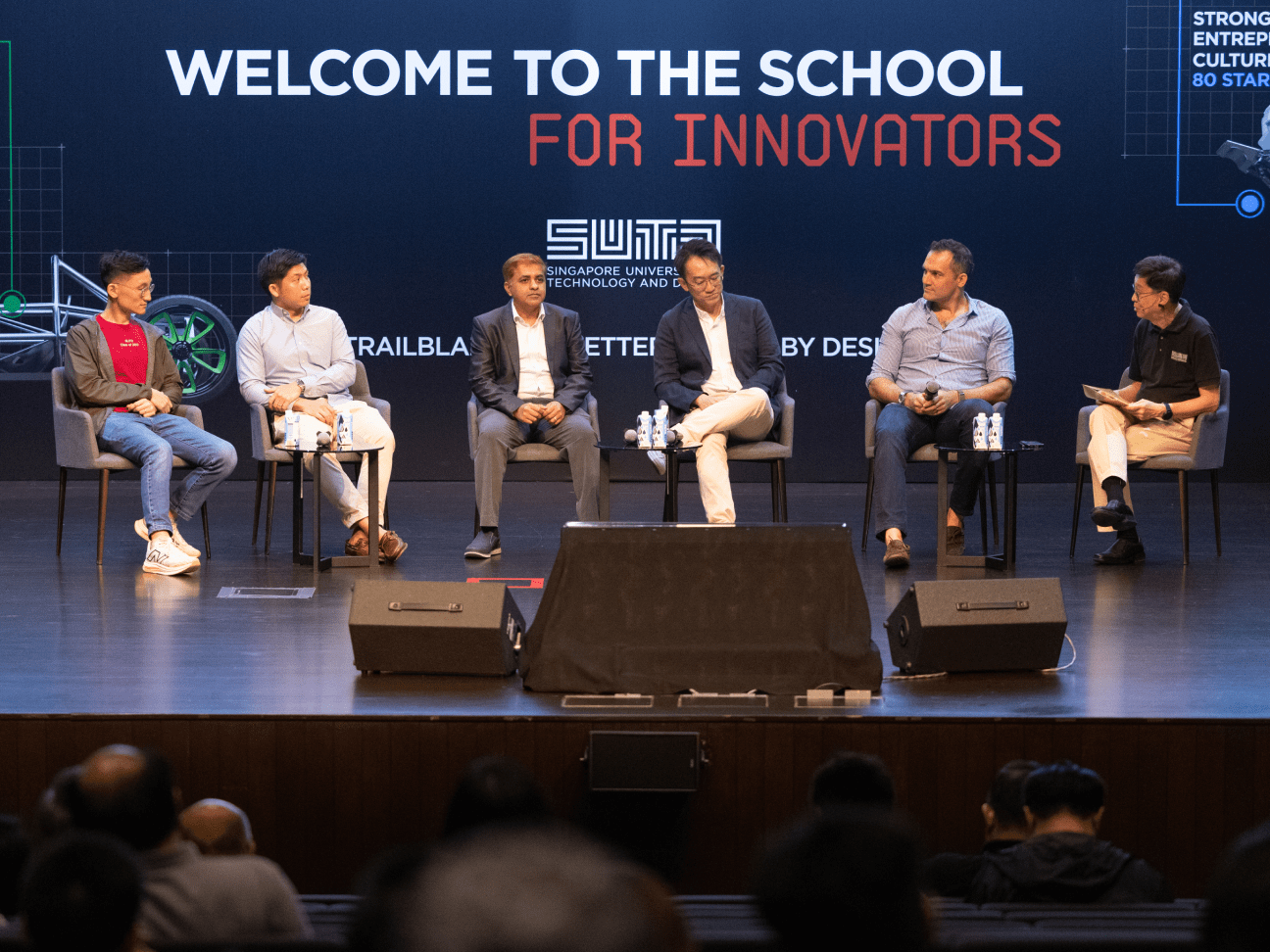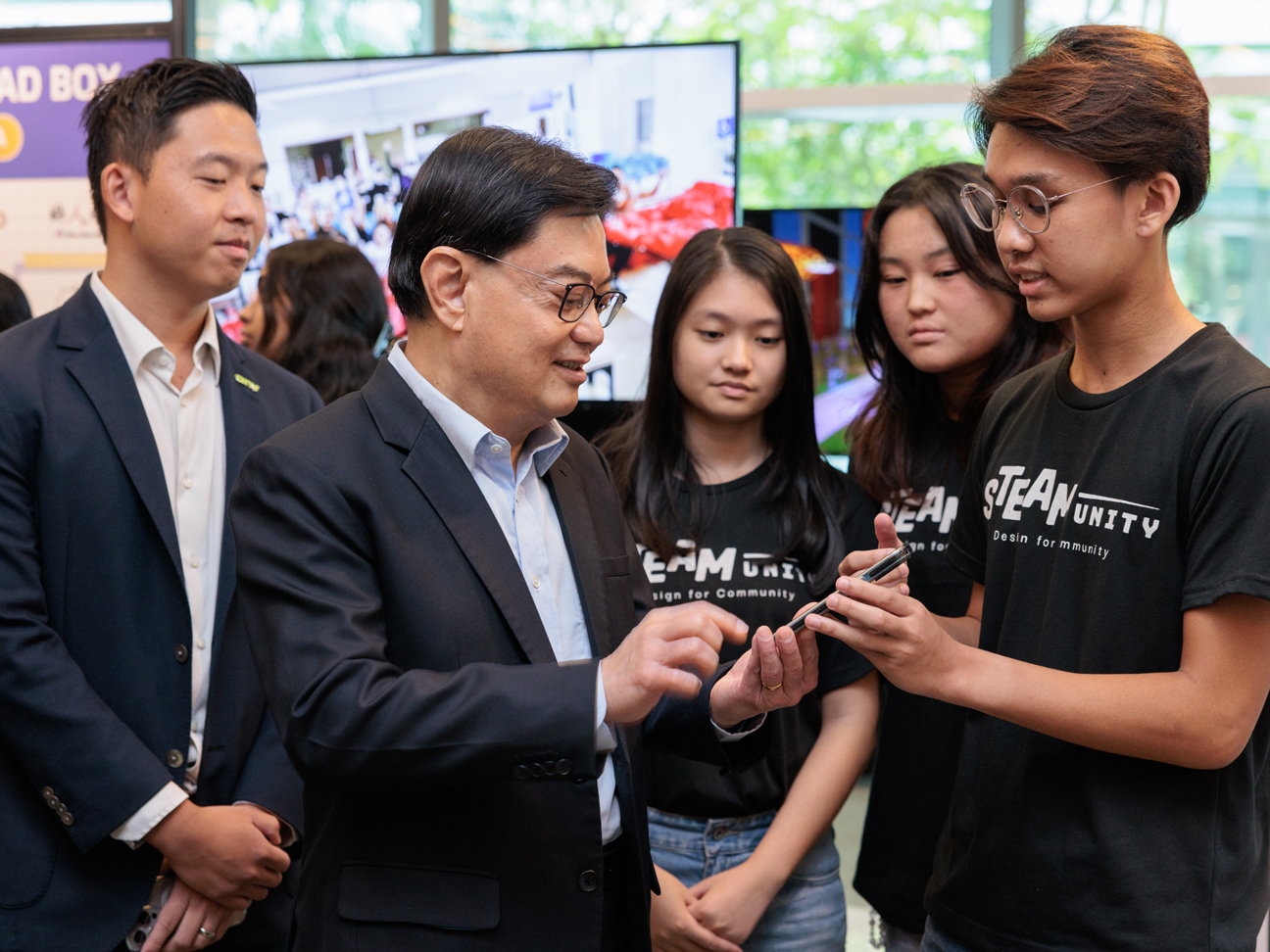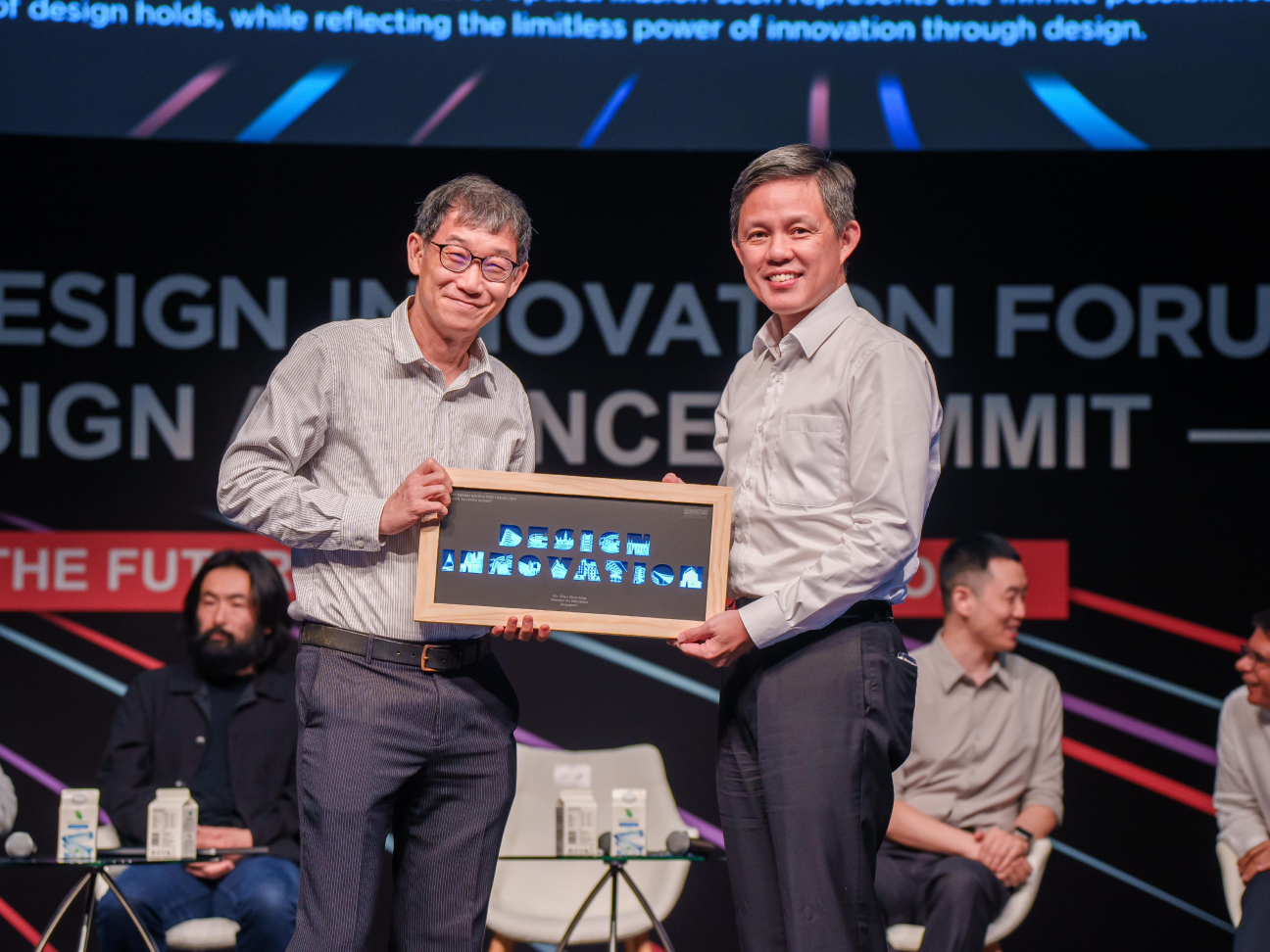Research news

Research Reveals Insights into Bioprinted Skeletal Muscle Tissue Models
SUTD collaborates with NTU to provide in-depth analysis of 3D in vitro biomimetic skeletal muscle tissue models, highlighting the great potential of bioprinting technology.


Boosting Energy Efficiency of 2D Material Electronics using Topological Semimetal
SUTD researchers discover a new way to boost the energy efficiency of 2D semiconductor electronics by synergizing 2D materials and topological semimetals.

SUTD-led Research Powers Longer Lasting Rechargeable Batteries
The development of the new material directly addresses the shortage of lithium resources and high energy power supplies.

SUTD developed a simple method to print planar microstructures of polysiloxane
EIW enables direct writing of polysiloxane which helps in the fabrication of microfluidic devices, flexible wearables, and soft actuators.


Researchers Review Advances in 3D Printing of High-Entropy Alloys
SUTD collaborates with universities to shine light on HEA manufacturing processes and inspire further research.


SUTD Scientists Led Development of Novel Acoustofluidic Technology that Isolates Submicron Particles in Nanocavities
This novel acoustofluidic device provides a promising solution for sorting and size-selective capture of nanoscale objects that requires patterning into discrete traps at the single-particle level.


General Descriptor Sparks Advancements in Dye Chemistry
SUTD collaborates with international researchers to move away from inefficient trial-and-error developments in dye chemistry and quantitatively design luminescent materials.
Researchers from SUTD, DICP, and POSTECH developed a theoretical descriptor ΔE for predicting PET-based fluorescence probes; utilizing this descriptor, they quantitatively designed fluorescent stains of lipid droplets and mitochondria for live-cell bioimaging.
There is an ongoing demand in biological research to accelerate the development of fluorescent probes based on the photo-induced electron transfer (PET) mechanism. By modulating PET formations, these probes significantly change fluorescence intensities, allowing a convenient route to monitor analytes or environmental changes with high sensitivity, vivid visibility and excellent spatiotemporal resolution.
You can find more details at https://www.sutd.edu.sg/Research/Research-News/2020/5/General-descriptor-sparks-advancements-dye-chem


General Descriptor Sparks Advancements in Dye Chemistry
SUTD collaborates with international researchers to move away from inefficient trial-and-error developments in dye chemistry and quantitatively design luminescent materials.


To Make an Atom-Sized Machine, You Need a Quantum Mechanic
Here’s a new chapter in the story of the miniaturisation of machines: researchers in a laboratory in Singapore have shown that a single atom can function as either an engine or a fridge.


SUTD research shows evidence that bilingualism delays the brain’s aging process
The study found that seniors who speak two languages actively tend to maintain specific executive control abilities against natural age-related declines.





